-
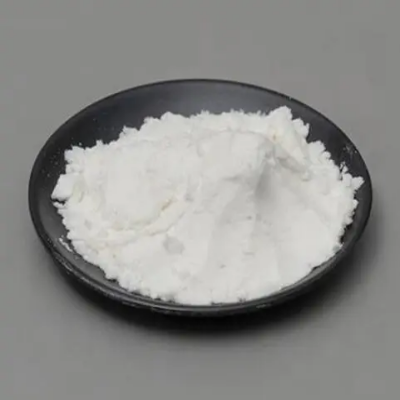
Arg34GLP-1(7-37) CAS:204521-68-6
Arg34GLP-1(7-37), also referred to as Arginine-34 Glucagon-Like Peptide 1(7-37), is a bioactive peptide fragment derived from the glucagon-like peptide 1 (GLP-1) hormone. This truncated form retains the arginine residue at position 34 and spans amino acids 7 to 37 of the GLP-1 sequence. With its specific molecular structure and biological activities, Arg34GLP-1(7-37) holds significance in metabolic regulation and therapeutic interventions for conditions such as diabetes and obesity.
-
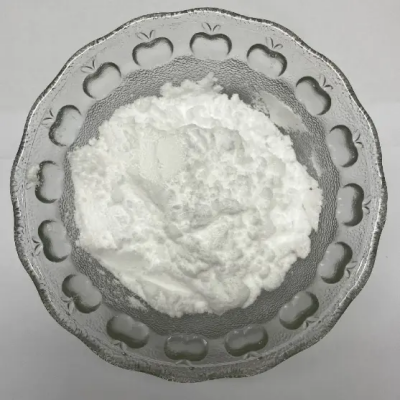
tert-ButylmagnesiumChloride CAS:677-22-5
tert-Butylmagnesium chloride, often abbreviated as t-BuMgCl, is a chemical reagent utilized in organic synthesis. It serves as a reliable source of tert-butyl groups in various reactions, offering stability and ease of handling.
-
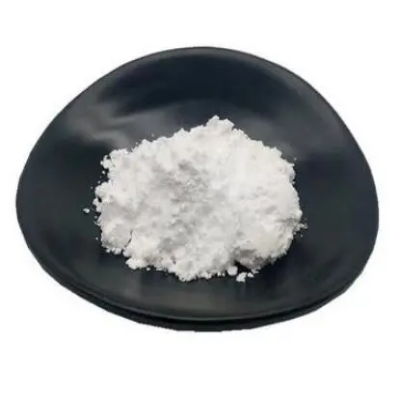
Prop-1-ene-1,3-sultone CAS:21806-61-1
Prop-1-ene-1,3-sultone is a chemical compound with the molecular formula C3H4O3S. It belongs to the class of sultones and is characterized by a three-membered cyclic sulfonate ring. This compound is known for its unique structure and reactivity, making it valuable in various chemical applications.
-
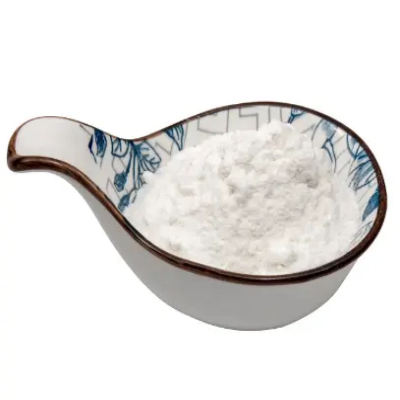
Methyl3-chloro-2-fluoropropionate CAS:55900-27-1
Methyl 3-chloro-2-fluoropropionate is a chemical compound with the molecular formula C5H8ClFO2. It is a derivative of propionic acid containing chlorine and fluorine atoms. This compound is notable for its unique structure and properties, making it valuable in various chemical applications.
-

tricyclohexylphosphine CAS:2622-14-2
Tricyclohexylphosphine, abbreviated as PCy3, is a versatile ligand in organometallic chemistry. Its bulky structure renders it useful in catalytic reactions, where it stabilizes metal complexes and influences their reactivity.
-

RANS-2-HEXENYLACETATE CAS:2497-18-9
RANS-2-HEXENYLACETATE, also known as 2-hexenyl acetate, is a chemical compound with a fruity aroma reminiscent of fresh green apples. It is commonly utilized in the fragrance industry for its pleasant scent profile.
-
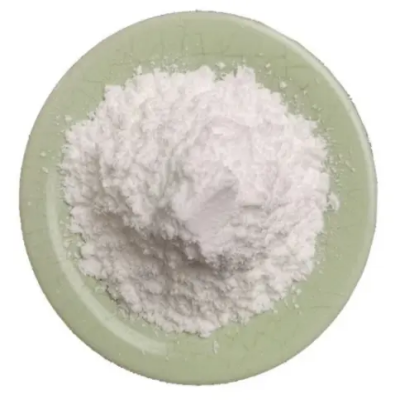
4,7-Dichloroquinoline CAS:86-98-6
4,7-Dichloroquinoline is a chemical compound with the molecular formula C9H5Cl2N. It belongs to the class of quinoline derivatives, featuring chloro substituents at the 4th and 7th positions of the quinoline ring. This compound exhibits notable chemical properties due to its chlorinated structure.
-

3-Hydroxyacetophenone CAS:121-71-1
3-Hydroxyacetophenone is a chemical compound with the molecular formula C8H8O2. It is an aromatic ketone featuring a hydroxyl group attached to the phenyl ring. This compound is commonly used in organic synthesis and chemical research due to its unique structure and reactivity.
-
![3-Amino-3-azabicyclo[3.3.0]octane CAS:58108-05-7](https://cdn.globalso.com/xindaobiotech/CMGYQWFMYMAW61CV3X60.png)
3-Amino-3-azabicyclo[3.3.0]octane CAS:58108-05-7
3-Amino-3-azabicyclo[3.3.0]octane, also known as AABCO, is a chemical compound with the molecular formula C6H12N2. It belongs to the class of bicyclic amines, featuring a nitrogen-containing bicyclic ring system. AABCO exhibits unique structural and chemical properties, making it of interest in various applications.
-

3,3′-Dithiobis-1-PropanesulfonicAcidDisodiumSalt CAS:27206-35-5
3,3′-Dithiobis-1-Propanesulfonic Acid Disodium Salt is a compound used in a variety of biochemical and chemical applications.
-
![5-CHLOROMETHYL-2,4-DIHYDRO-[1,2,4]TRIAZOL-3-ONE CAS:252742-72-6](https://cdn.globalso.com/xindaobiotech/B7BHTM43TKFHZ0EB3TY56.png)
5-CHLOROMETHYL-2,4-DIHYDRO-[1,2,4]TRIAZOL-3-ONE CAS:252742-72-6
5-CHLOROMETHYL-2,4-DIHYDRO-[1,2,4]TRIAZOL-3-ONE is a chemical compound containing a chloromethyl group and a [1,2,4]triazolone ring system. This compound is recognized for its unique structure and reactivity in organic synthesis, making it a versatile building block in the creation of various compounds.
-

5-Methyl-2-pyrazinecarboxylic CAS:5521-55-1
5-Methyl-2-pyrazinecarboxylic is a chemical compound with the molecular formula C3H4ClN3O. It contains a pyrazine ring substituted with a methyl group and a carboxylic acid functional group. This compound is known for its structural features and reactivity in organic synthesis, making it a valuable building block in the creation of various molecules.

